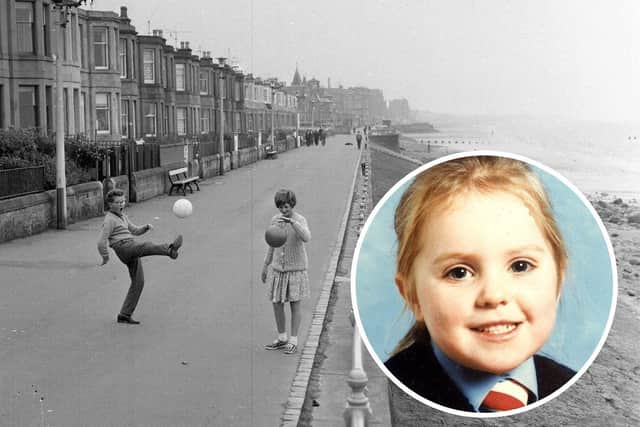How Lothian and Borders Police pioneered computerised investigations 40 years ago in the hunt for child-killer Robert Black – Tom Wood
Forty years ago today, we were searching. Five-year-old Caroline Hogg had been reported missing from Portobello the week before, on July 8, 1983. By now our mood was pessimistic. A missing five-year-old on a balmy summer’s night is not unusual, they typically turn up safe. But after a few hours, it’s time to worry.
The public and local press had responded magnificently, with hundreds searching beaches and parks. Now the search focussed on cellars and attics, anywhere the body of a child could be concealed, and as time went by the chances of finding little Caroline alive faded. Then, on July 18, our worst fears were realised when the remains of a child were found in a ditch in Leicestershire. It was Caroline, and a chill settled over Lothian & Borders Police. We had been desperately hoping for another outcome.
Advertisement
Hide AdAdvertisement
Hide AdThe similarities with the abduction and murder of Susan Maxwell, a year before, were obvious, and we knew we faced what we dreaded most: a travelling, predatory child-killer, who was forensically aware enough to leave few clues. To make matters worse, we knew we were poorly equipped to tackle such crimes.
We had able investigators, but our systems were archaic. The manual card index system had served well to administer murders for nearly 100 years, but it was hopelessly inadequate for large multi-force investigations. The old system had been cruelly exposed a few years earlier when Peter Sutcliffe, “the Yorkshire Ripper”, had slipped the net nine times before he was caught.
The resultant inquiry had directed the building of a computerised system, but it wasn’t ready by 1983. But if we were poorly placed in some regards, we were fortunate in others. The man chosen to lead the joint investigation into Susan and Caroline’s murders was Hector Clark, one of the most gifted detectives of his generation.
Then an Assistant Chief Constable in Northumbria, he quickly took control of the huge sprawling investigation involving four police forces in Scotland and England. As a young detective, he had worked on the Ripper case and was determined not to repeat the same mistakes. With no computerised admin system available, Clark set out to improvise his own.
He quickly discovered a like mind in Lothian’s Chief Constable Bill Sutherland and, with his support, adapted the new Lothian’s crime recording computer to create the first computerised, major-incident admin system. It was experimental and risky as some of the partner forces were still working with the old card system. This hybrid arrangement was a high-wire act that Hector Clark managed with great skill, assisted by the handful of police officers learning to be familiar with computers.


There were no quick breakthroughs and in 1986 there was another murder, of ten-year-old Sarah Harper from Leeds. Finally in 1990, another snatched abduction was intercepted in the Borders and Robert Black was caught. His reign of terror was over and the fledgling computer system helped to construct the complex circumstantial case that convicted him.
We now accept the role of computers in criminal investigation as routine. But it all started here 40 years ago in the desperate hunt for the brutal killer of two of our own wee girls.
Tom Wood is a writer and was a detective inspector on the Susan Maxwell and Caroline Hogg investigations.